Expert Eye Care You Can Trust – We Care, You See!
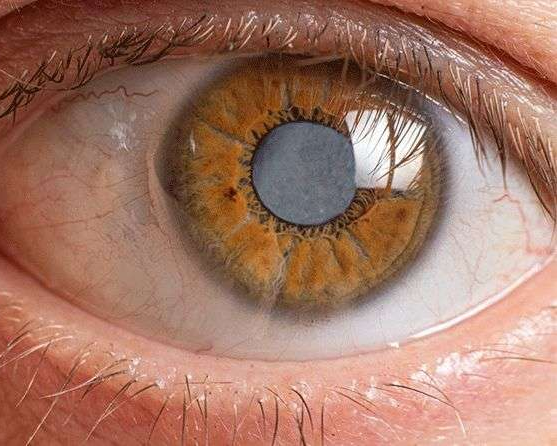
Optical Coherence Tomography (OCT) is a non-invasive imaging test that uses light waves to take cross-section pictures of the retina. This helps in diagnosing and monitoring.
Cataracts are a clouding of the eye's natural lens, leading to blurry or hazy vision that can worsen over time. If left untreated, it can potentially cause vision loss. Cataracts are often related to aging.
What are cataracts?
A cataract is a condition where the normally clear lens of the eye becomes cloudy. The lens is responsible for focusing light onto the retina, and a cloudy lens disrupts this process, leading to blurry or hazy vision. Cataracts are a common cause of vision loss, especially in older adults.
Causes and Risk Factors:
• Age: The most common cause of cataracts is age-related changes in the lens.
• Diabetes: People with diabetes are at higher risk for cataracts.
• Medications: Certain medications, like corticosteroids, can increase the risk.
• Eye injuries: Injuries to the eye can lead to cataracts.
• Exposure to radiation: Exposure to certain types of radiation, like UV light, can contribute to cataract development.
Symptoms:
• Blurred or hazy vision: The most common symptom is a gradual blurring or haziness of vision.
• Difficulty seeing at night: Cataracts can make it harder to see in low-light conditions.
• Sensitivity to light and glare: Some people with cataracts may experience increased sensitivity to light and glare.
• Faded colors: Colors may appear less vibrant or faded.
• Double vision in one eye: In some cases, cataracts can cause double vision in the affected eye.
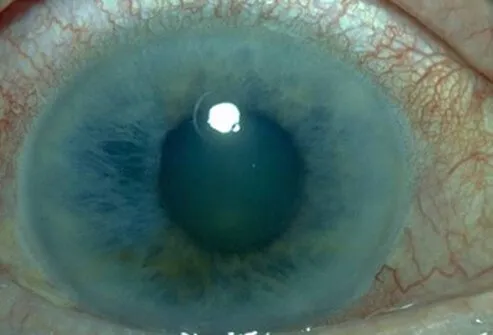
Glaucoma is a group of eye conditions that damage the optic nerve, often due to increased eye pressure. If left untreated, it can lead to vision loss or even blindness.
What is Glaucoma?
• Glaucoma damages the optic nerve, which transmits visual information from the eye to the brain.
• The damage is often linked to increased pressure inside the eye (intraocular pressure).
• If untreated, glaucoma can cause progressive vision loss and blindness.
• It is the second leading cause of blindness worldwide.
Types of Glaucoma:
• Open-Angle Glaucoma: The most common type; fluid drains slowly, causing gradual pressure build-up.
• Angle-Closure Glaucoma: The iris blocks the drainage angle, causing a sudden, severe rise in pressure.
• Other Types: Congenital glaucoma (from birth), neovascular glaucoma (due to new blood vessel growth), and pigmentary glaucoma.
Symptoms:
• Early Stages: Often no noticeable symptoms; early detection is critical.
• Later Stages:
– Loss of peripheral (side) vision
– Halos around lights
– Eye pain (especially in angle-closure glaucoma)
– Nausea and vomiting (in acute angle-closure glaucoma)
– Blurry or foggy vision
– Redness of the eye
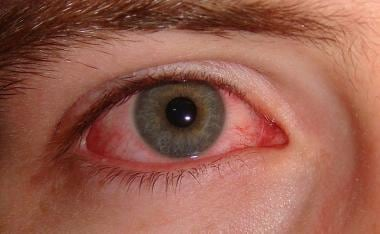
Conjunctivitis, commonly called pink eye, is an inflammation or infection of the conjunctiva — the clear tissue covering the white part of the eye and lining the inside of the eyelids.
What is Conjunctivitis?
• Inflammation of the conjunctiva, causing redness, irritation, and swelling.
• Often highly contagious (especially viral and bacterial types).
• Can affect individuals of all ages, though more common in children.
• Most cases are mild and resolve without long-term effects if treated promptly.
Types of Conjunctivitis:
• Viral Conjunctivitis: Caused by viruses (often from colds); spreads through coughing, sneezing, or contact.
• Bacterial Conjunctivitis: Caused by bacteria; may produce thick yellow or green discharge.
• Allergic Conjunctivitis: Triggered by allergens like pollen or pet dander; not contagious.
• Irritant Conjunctivitis: Caused by exposure to chemicals, smoke, or foreign bodies.
Symptoms:
• Red or pink coloration of the white of the eye
• Watery eyes or increased tear production
• Itchy, burning, or gritty sensation
• Discharge that may cause crusting, especially after sleep
• Swollen eyelids
• Sensitivity to light
• Blurred vision in some cases

Diabetic Retinopathy is a diabetes-related eye condition that affects the retina's blood vessels and can lead to vision loss or blindness if not managed properly.
What is Diabetic Retinopathy?
• High blood sugar damages small blood vessels in the retina.
• It is a progressive condition that often starts with no symptoms.
• If untreated, it can cause severe vision impairment or blindness.
• Affects both Type 1 and Type 2 diabetic patients.
Stages of Diabetic Retinopathy:
• Non-Proliferative Diabetic Retinopathy (NPDR): Early stage involving fluid or blood leakage from retinal vessels.
• Proliferative Diabetic Retinopathy (PDR): Advanced stage where abnormal new blood vessels grow and may bleed or cause retinal detachment.
Symptoms:
• Blurry or fluctuating vision
• Dark spots or floaters
• Impaired color vision
• Empty or dark areas in vision
• Vision loss in advanced stages
• Often no symptoms in early stages — regular eye exams are essential
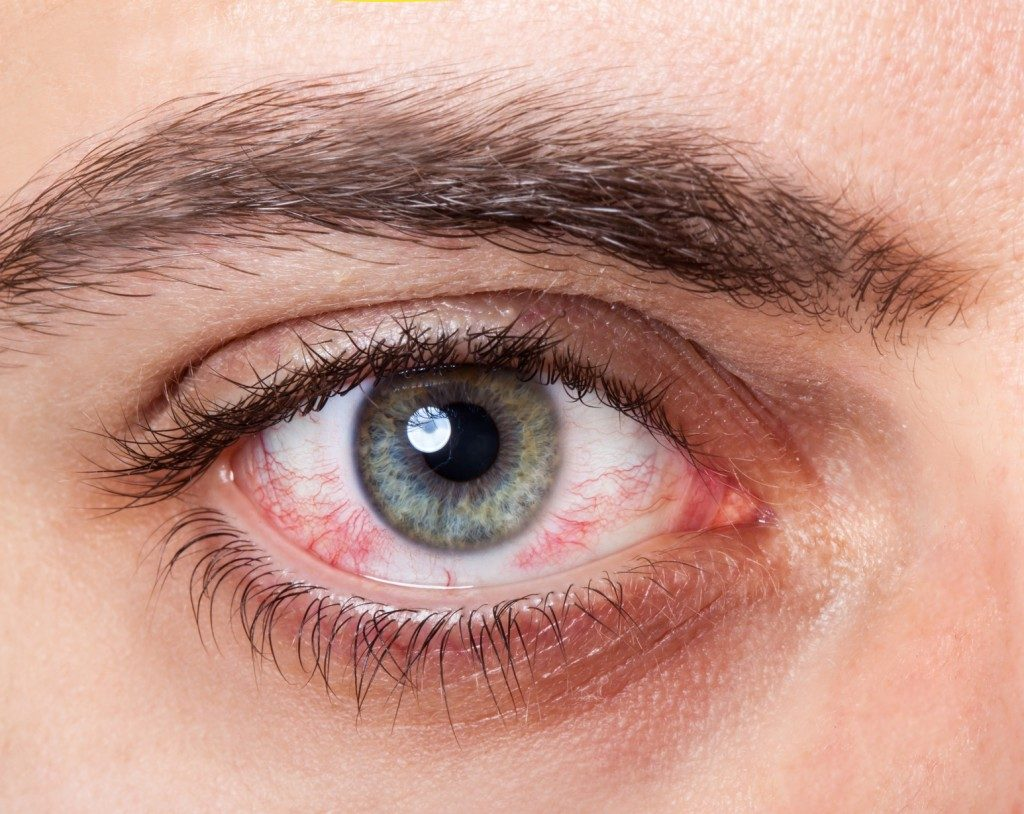
Dry Eye Syndrome occurs when the eyes don't produce enough tears or when tears evaporate too quickly, leading to irritation, inflammation, and vision discomfort.
What is Dry Eye Syndrome?
• Tear Film Imbalance: The protective tear film becomes unstable or insufficient.
• Discomfort and Vision Problems: Causes burning, stinging, and blurred vision.
• Impacts Daily Life: Affects reading, screen use, and driving comfort.
Types of Dry Eye:
• Aqueous Deficient Dry Eye: Due to reduced tear production by lacrimal glands.
• Evaporative Dry Eye: Caused by excessive tear evaporation, often due to meibomian gland dysfunction.
Symptoms:
• Stinging, burning, or scratchy feeling
• Sensation of a foreign body in the eye
• Eye redness
• Light sensitivity
• Watery eyes (reflex tearing)
• Blurred vision or eye fatigue
• Difficulty wearing contact lenses
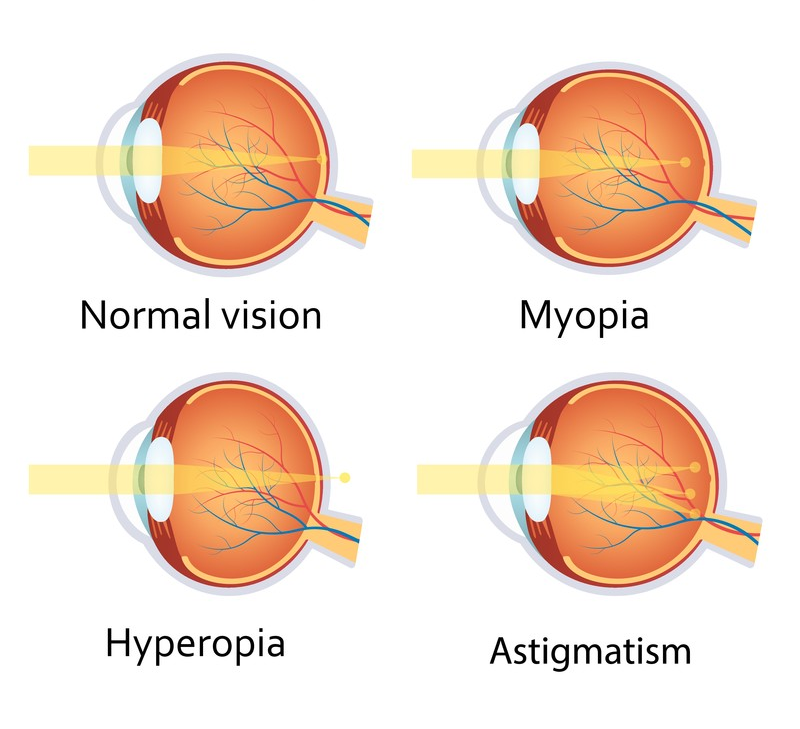
Refractive Errors are vision conditions where light doesn't focus correctly on the retina, leading to blurry vision. They include myopia, hyperopia, astigmatism, and presbyopia, and are commonly corrected with glasses, contact lenses, or surgery.
What are Refractive Errors?
• Improper Light Focus: Light fails to focus properly on the retina.
• Not an Eye Disease: These are optical issues, not diseases.
• Easily Correctable: Treated with glasses, contact lenses, or surgery.
Types of Refractive Errors:
• Myopia (Nearsightedness): Distant objects are blurry; light focuses in front of the retina.
• Hyperopia (Farsightedness): Nearby objects are blurry; light focuses behind the retina.
• Astigmatism: Irregular cornea or lens shape causes blurred vision at all distances.
• Presbyopia: Age-related difficulty focusing on close objects, usually after age 40.
Symptoms:
• Blurred vision (near or far)
• Eye strain or headaches
• Squinting
• Difficulty seeing at night
• Holding reading material at a distance (common in presbyopia)
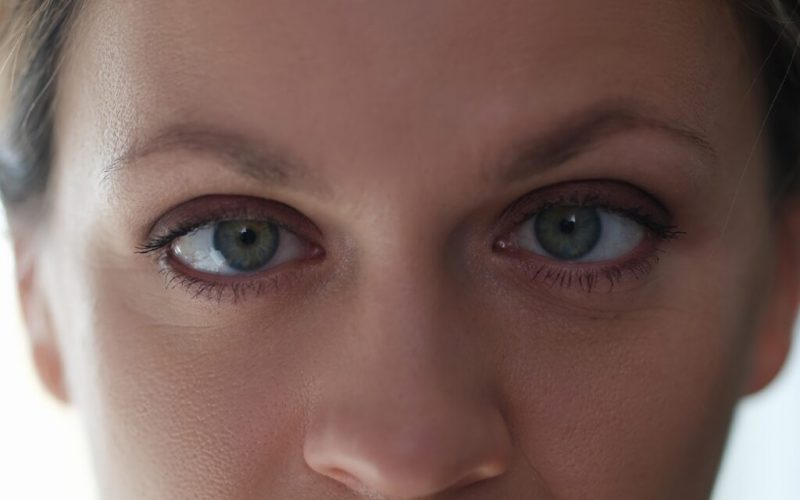
Amblyopia is a developmental vision disorder where one eye has reduced vision because the brain favors the other. It typically starts in childhood and can become permanent if not treated early.
What is Amblyopia?
• Reduced Vision in One Eye: The brain underuses one eye, leading to weaker vision.
• Not Due to Eye Structure: Caused by poor communication between brain and eye.
• Needs Early Detection: Best treated in infancy or early childhood.
Causes of Amblyopia:
• Strabismic Amblyopia: From eye misalignment (strabismus).
• Refractive Amblyopia: From unequal vision in each eye.
• Deprivation Amblyopia: Due to vision blockage like a congenital cataract.
Symptoms:
• Poor depth perception
• Squinting or closing one eye
• Head tilting
• Misaligned or wandering eye
• Often subtle, especially in young children
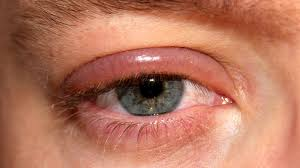
Blepharitis is a common inflammation of the eyelids, particularly at the base of the eyelashes. It leads to irritation, redness, and crusting and can affect people of all ages. Though not usually serious, it can cause discomfort and may lead to more severe eye problems if untreated.
What is Blepharitis?
• Inflammation of Eyelid Margins: Swelling and irritation around the eyelids caused by clogged oil glands.
• Not Contagious: It is not typically spread from person to person.
• Chronic Condition: It may recur and requires long-term care and hygiene.
Types of Blepharitis:
• Anterior Blepharitis: Affects the front of the eyelid and is often linked to bacterial infections or skin conditions.
• Posterior Blepharitis: Affects the inner eyelid edge and is typically related to meibomian (oil) gland dysfunction.
Symptoms:
• Red, swollen, or itchy eyelids
• Crusty or greasy eyelashes (especially in the morning)
• Burning or stinging in the eyes
• Watery or dry eyes
• Sensitivity to light
• Blurred vision (in severe cases)
• Feeling of something in the eye (foreign body sensation)

Age-Related Macular Degeneration (AMD) is a progressive eye condition affecting the macula, the central part of the retina responsible for sharp, detailed vision. It is one of the leading causes of vision loss in older adults, especially those over 50.
What is AMD?
• Central Vision Loss: Affects vision essential for reading, driving, and seeing fine details.
• Damage to the Macula: The macula deteriorates with age, causing blurry or distorted vision.
• Gradual or Sudden Onset: AMD can progress slowly or more rapidly.
Types of AMD:
• Dry AMD (Atrophic): Caused by thinning of the macula and yellow deposits called drusen.
• Wet AMD (Neovascular): Less common but severe, involving abnormal blood vessel growth under the retina.
Symptoms:
• Blurred or fuzzy central vision.
• Straight lines appearing wavy or distorted.
• Difficulty reading or recognizing faces.
• Dark or empty area in the center of vision.
• Colors appearing less vivid.
• Vision loss in one or both eyes.
• Early detection through regular eye exams is key to managing AMD.